Soil physical properties include both inherent and dynamic soil properties. Inherent properties include soil texture, soil parent materials and soil depth. Dynamic properties are those that can be influenced by management include infiltration, aggregate stability, available soil water holding capacity, soil organic matter, soil porosity, compaction layers, crusting, bulk density, and structure. Optimal soil physical properties reduce limitations to root growth and productivity, improve seedling emergence, nutrient and water retention, infiltration, and movement of air and water within the soil profile. Physical properties are directly related to optimal chemical and biological properties which together improve nutrient and water cycling and other key soil functions.
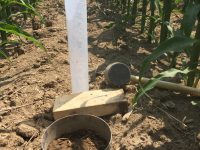
Permeability and Infiltration
Permeability is the ability of soils to transmit water and air through its layers. Infiltration is the rate at which water can move through a soil and its layers.
Learn More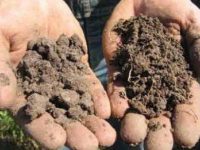
Structure
The arrangement of soil particles and is affected by aggregates, aggregate stability, organic matter levels, calcium levels versus sodium and magnesium, air to water ratio and temperature.
Learn More
Texture
The particle size distribution and relative proportion of sand, silt and clay in the mineral component of soils.
Learn More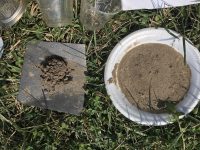
Aggregation and Aggregate Stability
Soil aggregation is described as how well soil particles are bonded together. Aggregate Stability is the measured ability of a soil to hold together and maintain structure despite disruptive forces.
Learn More
Bulk Density
The mass of mineral and organic soil particles divided by its total volume. It is affected by organic matter levels, texture and structure.
Learn More
Compaction
The level at which soil particles are compressed together resulting in reduced pore space between them.
Learn More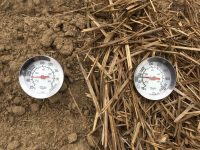
Temperature
Soil temperature is defined as the temperature measured at a specific soil depth.
Learn More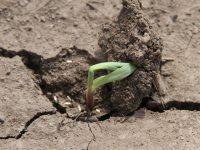
Crusting
Soil crusting is the formation of a hard, compact layer at the soil surface that has reduced porosity and high penetration resistance. This crusting is associated with reduced water infiltration, restricted seedling emergence, and increased erosion.
Learn More
Available Water Capacity
The part of water held between field capacity and permanent wilting point moisture levels.
Learn More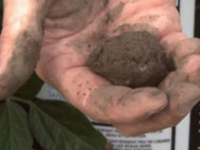
Moisture
The total amount of water held in soil pores at any given point and includes gravitational, capillary and hygroscopic types of water.
Learn More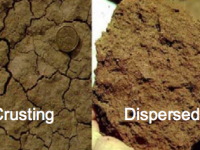
Porosity
The space around mineral and organic soil particles or volume of pores in the total volume of soil occupied by air and water.
Learn More